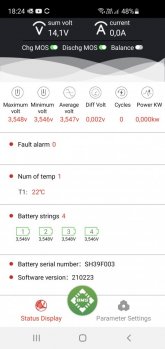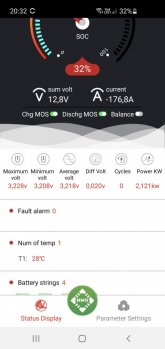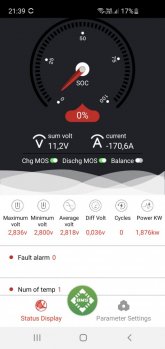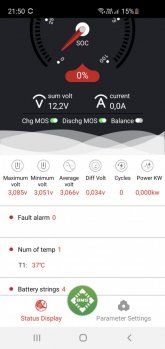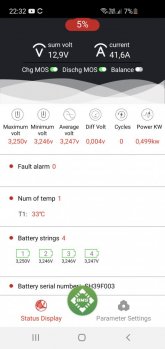Ampster
Renewable Energy Hobbyist
If you have the time use the charger with the lower Amperage and maybe over time the BMS will balance them. However it is also possible that the voltage settings of the chargers were different and the lower setting terminated the charge. If you can, use that setting on the other charger.I will indeed once do a proper top balance and see the difference.



